History Of The Airbus A320
March 19, 2021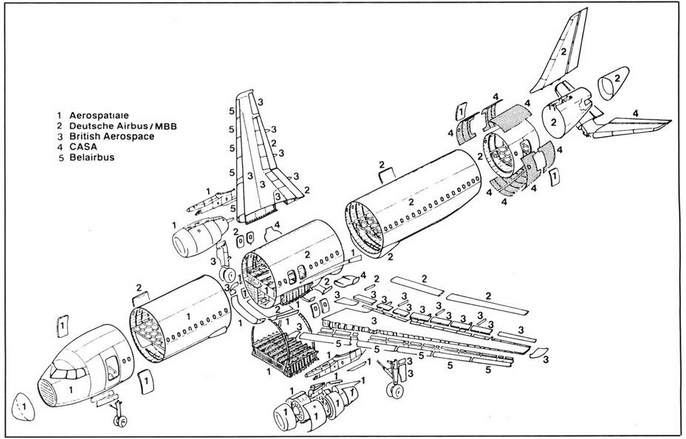

March 1984 - Airbus A320 Launch
On March 2, 1984, Airbus launched the Airbus A320 with 96 orders, with the largest order from Air France. Europe approved formal production go-ahead for the A320, and officials viewed the aircraft as key to the future of the Airbus Industrie consortium. It would widen the Airbus product family and help it expand out of the 200-270-seat twin engine transport market covered by the A300 and A310. It was described as being refined to improve cruise efficiency and reduce drag.
Read the article about the A320 hopes of preventing Europe’s production bottleneck here

February 1977 - Introduction Of The A320
On February 14, 1987 the A320 was launched in Toulouse in the presence of royalty, with the Prince and Princess of Wales attending the ceremony. Predictions of its success were enthusiastic, but unlikely to have estimated the success the A320 would go on to achieve as one of the best-selling jetliner aircraft families ever.
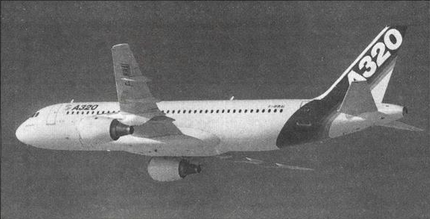
February 1987 - A320 First Flight
On February 22, 1987, the A320 began its 1,200-hr. flight test program in Paris, which was expected to lead it to certification of the 150-180 seat fly-by-wire transport in early 1988. According to Pierre Baud, Airbus Industrie’s Flight Div. President and chief test pilot, the maiden flight went without any problems seen in the control system’s seven computers.
Read the article in full in the Aviation Weeks archives here
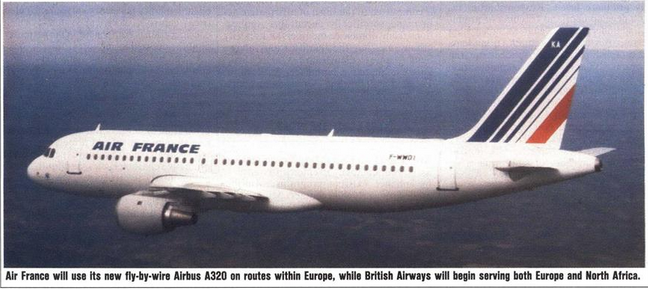
March 1988 - First Delivery Of The A320
The first A320 was delivered on 28 March 1988 to Air France, with another delivered to British Airways shortly after. Both airlines planned to begin regular passenger flights with the transports in April of the same year. Air France started using its fly-by-wire transport on routes within Europe, while British Airways began servicing Europe and North Africa.
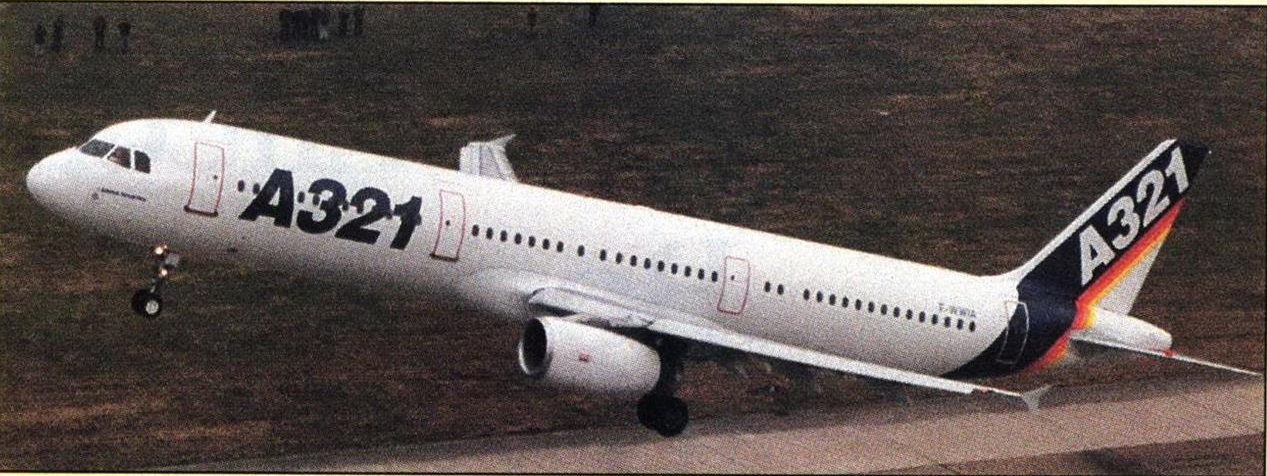
November 1988 - Launch Of The A321
It’s a stretch! On November 24, 1988 the stretched A320, the A321 was introduced to the family with 107 firm commitments, plus 74 options, with hopes of its certification for December, 1993 and initial deliveries planned for 1994. Airbus’ philosophy in evolving the A321 design was to make as few modifications as possible to the A320, with assembling taking place on the same assembly line, and fuselage stretch achieved by adding plugs before and after the wings.
Read the article in full from Aviation Weeks’ archives here.
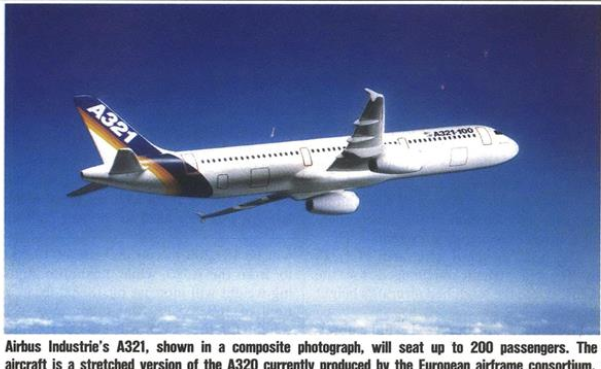
March 1993 - First Flight Of The A321
The A321 took its maiden flight on March 11, 1993 at Hamburg Finkenwerder, Germany. The 800-flight hr. certification would use a total of four aircraft, two powered by international Aero Engines V2500-5 and two by CFM International CFM56-5B1 turbofan engines.
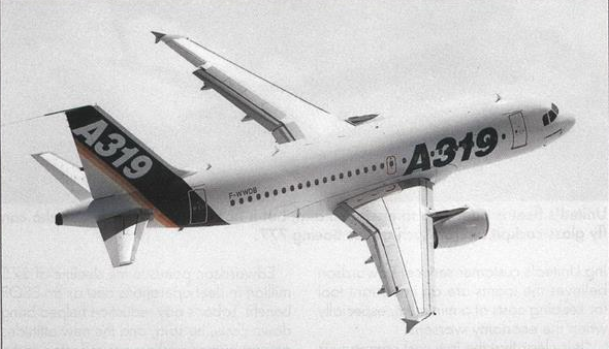
June 1993 - Launch Of The A319
June 10, 1993 saw the launch of what was then the smallest member of the A320 series, the A319, with intentions to provide direct competition to the Boeing 737-300/-700. In May 1994, Air Canada put in place an order for 25 A319s with the option for 10 more, which would make it the largest Airbus operator in North America. Air Canada selected the A319 due to the commonality with other Airbus aircraft already in the fleet. Commonality was an important aspect to the A320 family, with Airbus creating cockpit commonality across the family for easier onboarding for pilots.
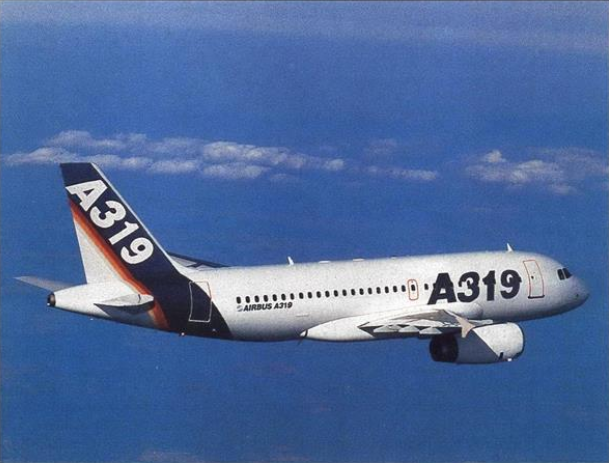
August 1995 - First Flight Of The A319
The maiden flight took place on 25 August 1995. The 124-seat twinjet, assembled by Daimler-Benz Aerospace Airbus at Hamburg, Germany, and was ferried to Airbus’ Toulouse test centre on August 29 during its second flight. The A319 was released with hesitancies around its success given its stiff competition and its entry into a narrower customer base. Of course, with its later popularity in Low-Cost Carriers, the A319 went on to great success, but was initially launched with a modest number of customers including Air Canada, Lufthansa and Swissair.
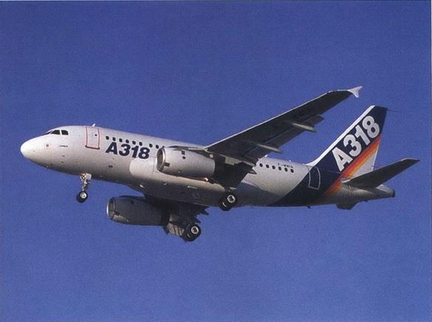
April 1999 - Launch Of The A318
Airbus shrunk the A320 yet again with the launch smallest A320 airframe to date on April 26, 1999. With the same cockpit layout and performance capability, it was designed with a shorter fuselage and to fit a smaller market niche. It has been the least popular of the four A320 models, with less than 100 airframes delivered, and amounted to less than the 109 orders the program had when launched.
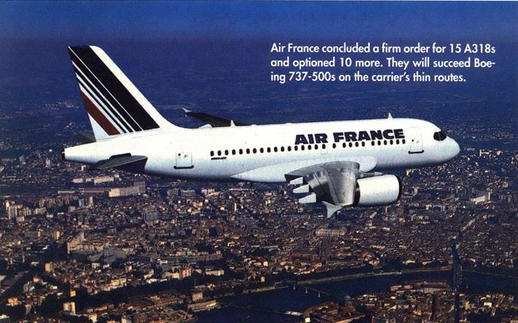
January 2002 - First Flight Of The A318
On January 15, 2002 the A318 had its first flight, completing the European product range’s lower end. It had a rocky technical start, tied to propulsion system difficulties, specifically fuel consumption of the all-new Pratt & Whitney PW6000 turbofan, which was reportedly 6% above fuel consumption predictions. The addition of the A318 to the A320 twinjet series figured prominently in Airbus’ aggressive quest for parity with Boeing.
Read the full article from the archives here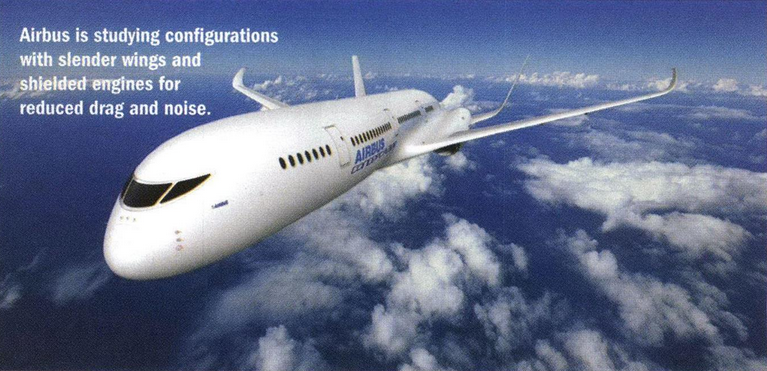
December 2010 - Launch Of A320neo
With the launch of the A320neo (new engine options), it begged the question of what would be the future of the all-new generation, single-aisle airliners? Would Boeing follow suit and re-engine the 737, or would they create an entirely new transport? Powered by Pratt & Whitney's PW1100 feared turbofan and CFM's next generation LEAP engine, it is expected to deliver 15% better fuel economy.
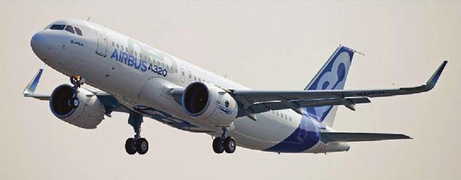
September 2014 - First Flight Of The A320neo Series
Four years after its launch, the Airbus A320neo completed its first flight.
The aircraft landed back at Toulouse’s Blagnac airport at 2:22 p.m. local time on Sept. 25 after 2-hr. and 22-min. During the flight, the aircraft stayed near Toulouse and started opening the flight envelope at a medium speed and altitude range initially. The aircraft was flown by Philippe Pellerin and Etienne Miche de Malleray, both experimental test pilots. Airbus will use eight new-engine-option aircraft for the flight-test campaign: four A320s, two A319s and two A32Is.
With few modifications made to the aircraft itself, Airbus’s main challenge beyond the flight tests was to succeed with an unprecedented ramp-up of NEO production, from zero to 46 aircraft per month within three years. The transition from the current A320 version to the NEO was to be completed in 2018.
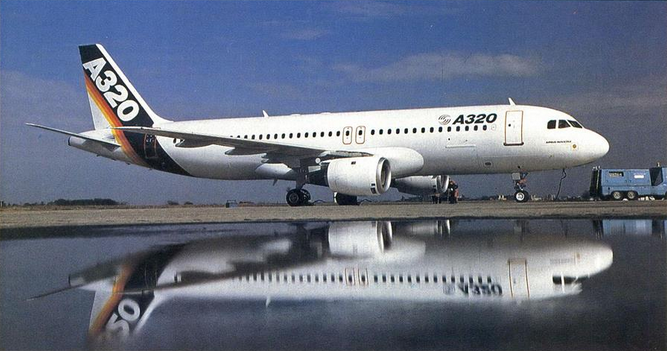
The A320 Today
The A320 airframe production is spread between Toulouse and other Airbus facilities in Hamburg, Germany; Mobile, Alabama; and Tianjin, China. With the 737 MAX returning to the skies, the rivalry between the two OEMs is set to continue into the future.


March 1984 - Airbus A320 Launch
On March 2, 1984, Airbus launched the Airbus A320 with 96 orders, with the largest order from Air France. Europe approved formal production go-ahead for the A320, and officials viewed the aircraft as key to the future of the Airbus Industrie consortium. It would widen the Airbus product family and help it expand out of the 200-270-seat twin engine transport market covered by the A300 and A310. It was described as being refined to improve cruise efficiency and reduce drag.
Read the article about the A320 hopes of preventing Europe’s production bottleneck here

February 1977 - Introduction Of The A320
On February 14, 1987 the A320 was launched in Toulouse in the presence of royalty, with the Prince and Princess of Wales attending the ceremony. Predictions of its success were enthusiastic, but unlikely to have estimated the success the A320 would go on to achieve as one of the best-selling jetliner aircraft families ever.

February 1987 - A320 First Flight
On February 22, 1987, the A320 began its 1,200-hr. flight test program in Paris, which was expected to lead it to certification of the 150-180 seat fly-by-wire transport in early 1988. According to Pierre Baud, Airbus Industrie’s Flight Div. President and chief test pilot, the maiden flight went without any problems seen in the control system’s seven computers.
Read the article in full in the Aviation Weeks archives here

March 1988 - First Delivery Of The A320
The first A320 was delivered on 28 March 1988 to Air France, with another delivered to British Airways shortly after. Both airlines planned to begin regular passenger flights with the transports in April of the same year. Air France started using its fly-by-wire transport on routes within Europe, while British Airways began servicing Europe and North Africa.

November 1988 - Launch Of The A321
It’s a stretch! On November 24, 1988 the stretched A320, the A321 was introduced to the family with 107 firm commitments, plus 74 options, with hopes of its certification for December, 1993 and initial deliveries planned for 1994. Airbus’ philosophy in evolving the A321 design was to make as few modifications as possible to the A320, with assembling taking place on the same assembly line, and fuselage stretch achieved by adding plugs before and after the wings.
Read the article in full from Aviation Weeks’ archives here.

March 1993 - First Flight Of The A321
The A321 took its maiden flight on March 11, 1993 at Hamburg Finkenwerder, Germany. The 800-flight hr. certification would use a total of four aircraft, two powered by international Aero Engines V2500-5 and two by CFM International CFM56-5B1 turbofan engines.

June 1993 - Launch Of The A319
June 10, 1993 saw the launch of what was then the smallest member of the A320 series, the A319, with intentions to provide direct competition to the Boeing 737-300/-700. In May 1994, Air Canada put in place an order for 25 A319s with the option for 10 more, which would make it the largest Airbus operator in North America. Air Canada selected the A319 due to the commonality with other Airbus aircraft already in the fleet. Commonality was an important aspect to the A320 family, with Airbus creating cockpit commonality across the family for easier onboarding for pilots.

August 1995 - First Flight Of The A319
The maiden flight took place on 25 August 1995. The 124-seat twinjet, assembled by Daimler-Benz Aerospace Airbus at Hamburg, Germany, and was ferried to Airbus’ Toulouse test centre on August 29 during its second flight. The A319 was released with hesitancies around its success given its stiff competition and its entry into a narrower customer base. Of course, with its later popularity in Low-Cost Carriers, the A319 went on to great success, but was initially launched with a modest number of customers including Air Canada, Lufthansa and Swissair.

April 1999 - Launch Of The A318
Airbus shrunk the A320 yet again with the launch smallest A320 airframe to date on April 26, 1999. With the same cockpit layout and performance capability, it was designed with a shorter fuselage and to fit a smaller market niche. It has been the least popular of the four A320 models, with less than 100 airframes delivered, and amounted to less than the 109 orders the program had when launched.

January 2002 - First Flight Of The A318
On January 15, 2002 the A318 had its first flight, completing the European product range’s lower end. It had a rocky technical start, tied to propulsion system difficulties, specifically fuel consumption of the all-new Pratt & Whitney PW6000 turbofan, which was reportedly 6% above fuel consumption predictions. The addition of the A318 to the A320 twinjet series figured prominently in Airbus’ aggressive quest for parity with Boeing.
Read the full article from the archives here
December 2010 - Launch Of A320neo
With the launch of the A320neo (new engine options), it begged the question of what would be the future of the all-new generation, single-aisle airliners? Would Boeing follow suit and re-engine the 737, or would they create an entirely new transport? Powered by Pratt & Whitney's PW1100 feared turbofan and CFM's next generation LEAP engine, it is expected to deliver 15% better fuel economy.

September 2014 - First Flight Of The A320neo Series
Four years after its launch, the Airbus A320neo completed its first flight.
The aircraft landed back at Toulouse’s Blagnac airport at 2:22 p.m. local time on Sept. 25 after 2-hr. and 22-min. During the flight, the aircraft stayed near Toulouse and started opening the flight envelope at a medium speed and altitude range initially. The aircraft was flown by Philippe Pellerin and Etienne Miche de Malleray, both experimental test pilots. Airbus will use eight new-engine-option aircraft for the flight-test campaign: four A320s, two A319s and two A32Is.
With few modifications made to the aircraft itself, Airbus’s main challenge beyond the flight tests was to succeed with an unprecedented ramp-up of NEO production, from zero to 46 aircraft per month within three years. The transition from the current A320 version to the NEO was to be completed in 2018.

The A320 Today
The A320 airframe production is spread between Toulouse and other Airbus facilities in Hamburg, Germany; Mobile, Alabama; and Tianjin, China. With the 737 MAX returning to the skies, the rivalry between the two OEMs is set to continue into the future.

The Airbus A320ceo (current engine option) is the second best-selling airliner of all time behind the Boeing 737. One of the most innovative aircrafts ever designed, with its pioneering fly-by-wire control that replaced a more traditional mechanical system of cables and pulleys that “directly” manipulates the flight controls, this established a lot of later adoptions of the technology in subsequent Airbus transports based on the way the A320 airframe is controlled by pilots. Launched in 1984, it has had an illustrious career. Over the next 10 years, the A320 and smaller A319 will see a huge number of retirements, as predicted by Aviation Week Intelligence Network data. In light of this, we take a look through the aircraft’s important points in history.














Comments